Jump to:
Rhubarb season
Rhubarb is one of the first vegetables to show up in spring. The season starts in April and lasts through July. It grows very well in the upper half of the US (in the slightly cooler climates), so you'll likely find it at farmers markets there.
Rhubarb ships well, so you can find it across the country in good condition.
See what else is in season at the same time: April, May, June, and July.
How to buy & store
To buy: For the best rhubarb, look for crisp stalks with ends that aren't dried out, similar to picking out celery.
To store:
Cut off leaves if they are attached (the leaves are poisonous). Wrap tightly in plastic or a sealed bag to keep the moisture locked in and place in the fridge. It should last 1-2 weeks.
What does rhubarb taste like?
Rhubarb are very tart, especially when raw. Cooking it mellows that out. Use its natural tartness to balance out sweet desserts or add an interesting sour flavor to meat dishes.
You can also try to balance the tart flavor by cooking it with sugar or honey, or pairing with with really sweet fruit like strawberries.
Are red rhubarb sweeter?
This is often debated and there are answers on all sides. However there are so many varieties of rhubarb and the variety has a big impact on flavor. I've tested this myself, and am unable to give a definitive answer since so many other variables are in play (soil, climate, etc).
Is rhubarb a fruit or vegetable?
Rhubarb is technically a vegetable (fruits contains seeds). However, in 1947 rhubarb was legally classified as a fruit to secure lower import taxes (35% for fruit vs 50% for vegetables).
The lawyers in that case argued that rhubarb was more often used as a fruit than a vegetable, ultimately winning the case. It's similar to tomatoes - they are technically a fruit, but everyone considers them a vegetable for culinary uses (and they are considered a vegetable for tariff purposes).
However, at some point, rhubarb's classification as a fruit dropped off, as it is no longer called out as one in the US Tariff schedule.
Is rhubarb poisonous?
The stalks are totally edible and most places sell only the stalks. However, the leaves are poisonous, so make sure to cut them off if they are still attached. The leaves can cause difficulty in breathing, and a lot of other problems that the OSU extension office mentions.
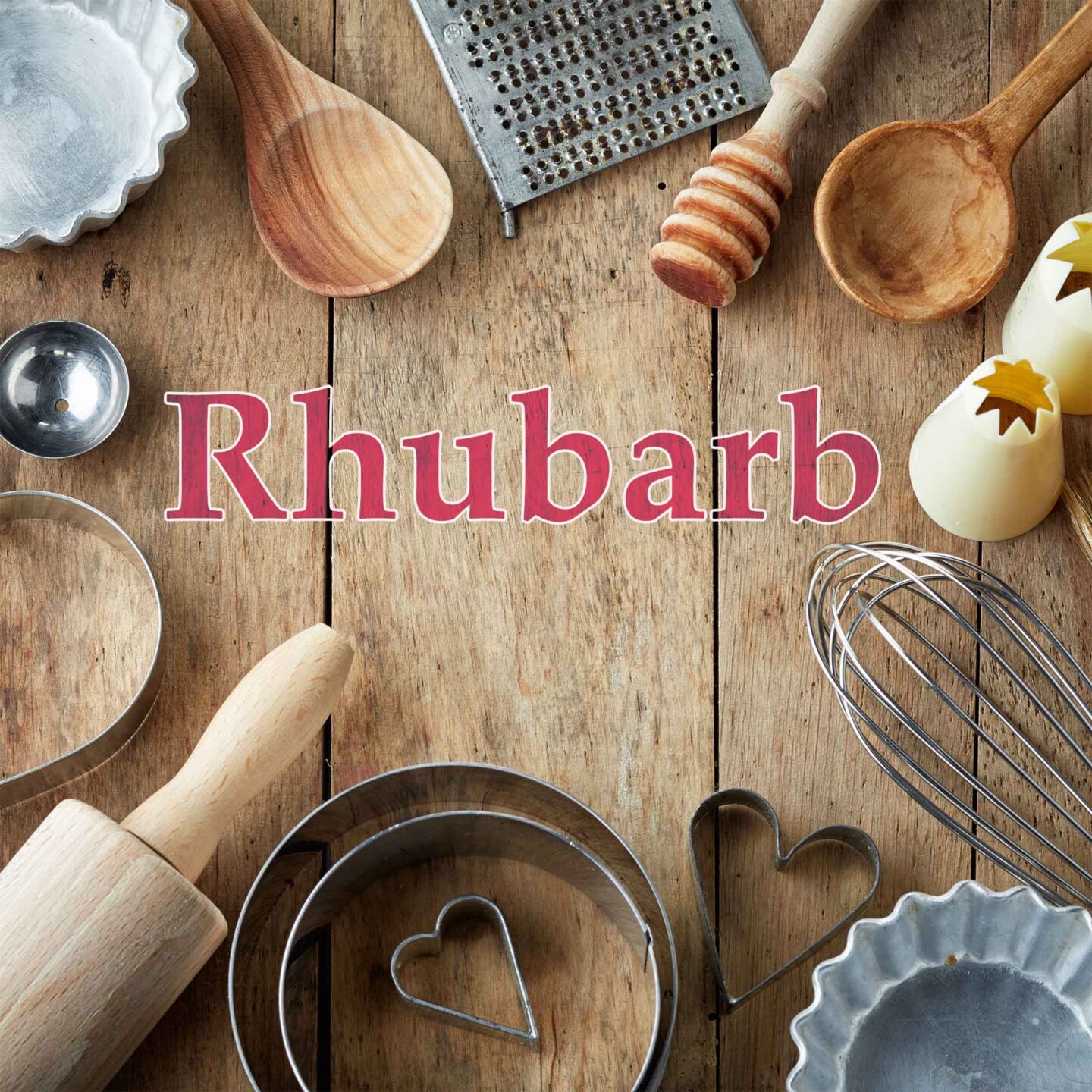
Seasonal recipes
Our seasonal rhubarb collection features over 50 recipes. It includes classics like strawberry-rhubarb pie and unique recipes for appetizers, grilling, and cocktails.

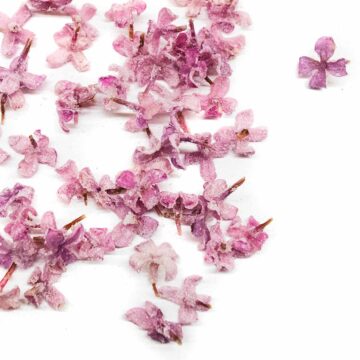
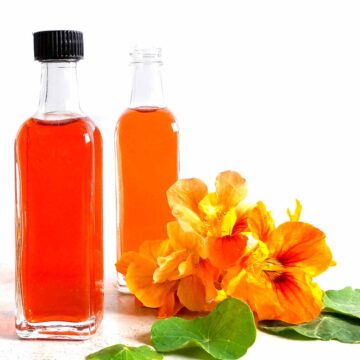
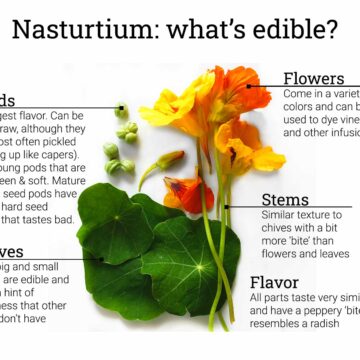
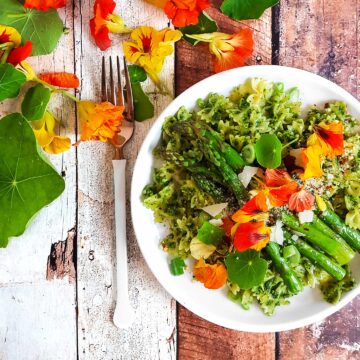
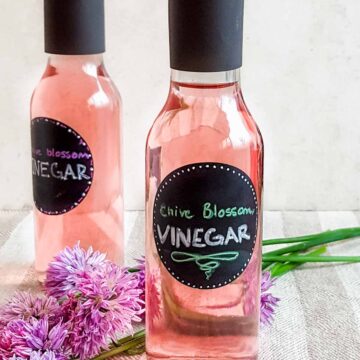
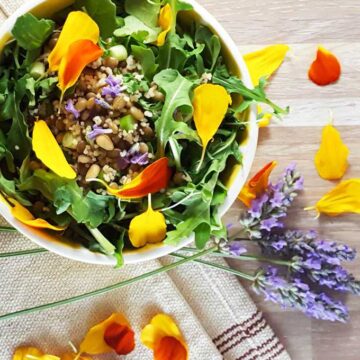
Wilma Johnson says
It looks like my plants have gone to seed. Is something wrong or did I wait to long to harvest?w
Vee says
You can (and probably should) remove the flowers. You don't want the energy going to produce flowers and seeds, as that can affect next year's growth and harvest. That said, you can remove them and still eat the stalks (not the flower stems, just the regular stalks you would normally harvest). Iowa State has some helpful information that you might be interested in: https://hortnews.extension.iastate.edu/1997/5-2-1997/rhubarbsafe.html Are you in a hot climate that may have caused them to bolt? Or did they have any other major stress, like dried out soil or no nutrients? Stress often causes rhubarb (and other plants, like lettuce, herbs, etc) to bolt (go to seed) earlier than normal.
E. says
I did not know there was a difference in price when import fruit vs. vegetables. Why is that?
Vee says
My understanding is that it has to do with controlling competition to US Agriculture, so that farmers are still incentivized to run their businesses and make sure at least some food is always produced within the country. Other countries use tariffs for the same reason. That way, you can still import, it just will likely cost more. That's one reason eating seasonally is more affordable - the produce was grown in your own country and not subject to extra taxes. Here's an article from the USDA on agricultural tariffs, specifically.
Marianne says
I had rhubarb still growing in October in Michigan. Can I cut it and use it? Will it taste good.
Thanks!
Vee says
Great question. I haven't harvested rhubarb in fall myself, but found some reliable resources with some sage advice. First things first, it is completely safe to eat the stalks in fall (they do not turn poisonous). But their flavor won't be as good and they are likely tough and fibrous. Lastly, harvesting in fall can weaken the plant and it might die in spring or at least not provide a big harvest, according to the University of Illinois and Iowa State. Since you mentioned you were from Michigan, you can check out their resources on rhubarb as well.
You could try picking just one stalk and see how it tastes. If it is fine with a certain cooking method (perhaps stewing?), you could harvest a bunch of it as long as you have enough other rhubarb plants that will grow next spring in case the one you harvest from dies.